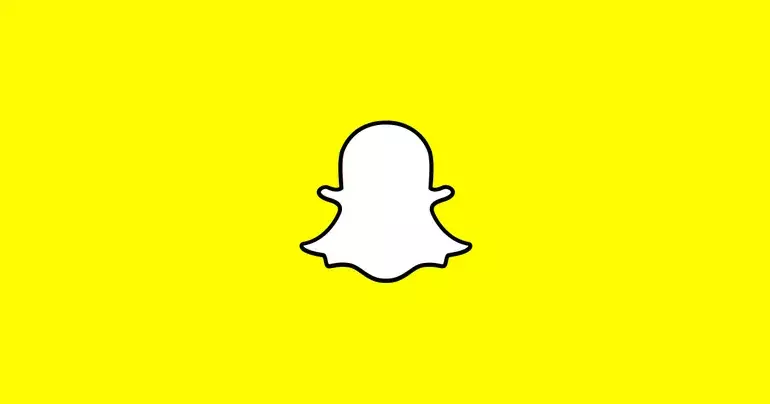Snapchat, once the leading social media platform for youth expression and connection, has recently introduced a feature that has garnered mixed reactions from its user base. The new inbox direct message ads, aptly named “Sponsored Snaps,” raise important questions about the platform’s advertising strategy and its impact on user experience. While Snapchat may view this as a potential revenue stream, the implications for user engagement, especially among younger audiences, warrant a closer examination.
For many Snapchat users, especially teenagers and young adults, the inbox serves as more than just a messaging feature; it is a sacred space for private interactions. The ephemeral nature of Snaps, where messages vanish after being viewed, creates a sense of privacy and exclusivity that is seldom found in other social media platforms. This sanctity is amplified by the relatively low involvement of older generations—such as parents and relatives—decreasing the likelihood of surveillance over their communications. However, with the introduction of ads within this cherished space, Snapchat jeopardizes the very connection it has established with its core audience.
By inserting ads into the inbox, Snapchat risks transforming a personal communication platform into another avenue for consumerism. As users navigate their own conversations, they are now simultaneously bombarded with promotional content from the likes of Snapchat+ and partnerships with major brands like Disney. The insertion of these ads into the first three available slots of the inbox can detract from the user experience, possibly leading to frustration among Snap users who value the personalized and intimate nature of their interactions.
Snapchat’s user interface has been designed to facilitate direct and meaningful conversations. However, with ads commandeering a substantial portion of this space—up to one-third of visible slots at times—how does this affect user engagement? There is a concern that the presence of promotional content may lead to diminished user satisfaction, stirring annoyance rather than engagement. If users feel their primary function on the app—communicating with friends—is overshadowed by commercial interests, the likelihood of them abandoning the platform altogether could rise.
As advertisers clamor for a slice of Snapchat’s inbox, it is pertinent to consider how this strategy impacts overall brand perception. Users may begin to associate Snapchat not with a fun and engaging social experience, but as just another advertising platform. The fine line between genuine communication and unwanted solicitation becomes blurred, and the resulting shift in user perception could be detrimental to Snapchat’s brand identity.
Despite the potential negative implications, there are understandable motivations behind Snapchat’s decision to roll out these ads. The platform is under increasing pressure to diversify and maximize its revenue streams amid stagnant growth in key markets, particularly North America and Europe. With 443 million daily active users, the temptation to convert inbox interactions into profit is compelling. However, the challenge lies in balancing monetization with the maintenance of a loyal user base.
As digital advertising becomes increasingly saturated, it is vital for platforms like Snapchat to innovate their approaches without alienating users. While Sponsored Snaps can be seen as an attempt to optimize user engagement and create a new avenue for marketing within the app, Snapchat must tread carefully to not clear away the very foundations of its user connections.
Ultimately, Snapchat’s foray into Sponsored Snaps serves as a microcosm for the evolving relationship between advertising on social media and user expectations. As Snapchat continues to test this new feature, the implications of such decisions remain profound. The experiment challenges the notion of user privacy, intimacy, and the authentic communication experiences that have defined the platform.
While advertising is essential for growth and sustainability, Snapchat may need to recalibrate its approach by soliciting user feedback and considering alternative placements for ads that do not infringe upon personal communication. This tactic may not only safeguard the beloved aspects of Snapchat but could also foster a healthier balance between commercial interests and user satisfaction. As the landscape of social media continues to shift, the strategies developed in this critical juncture will likely influence not just Snapchat, but the broader advertising landscape within social platforms.


Leave a Reply